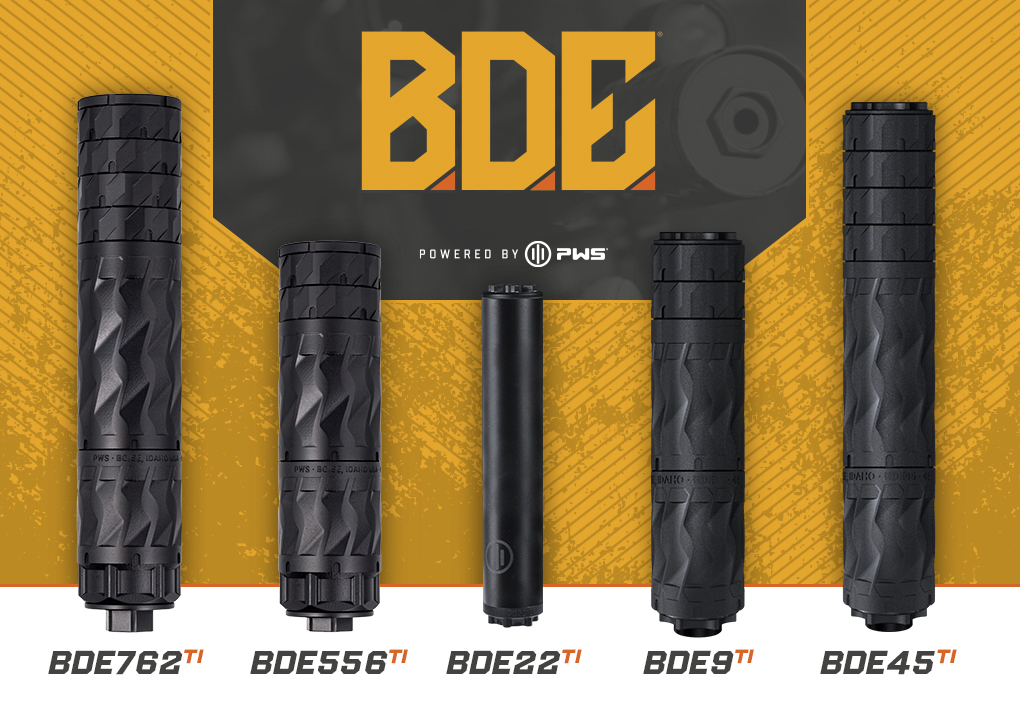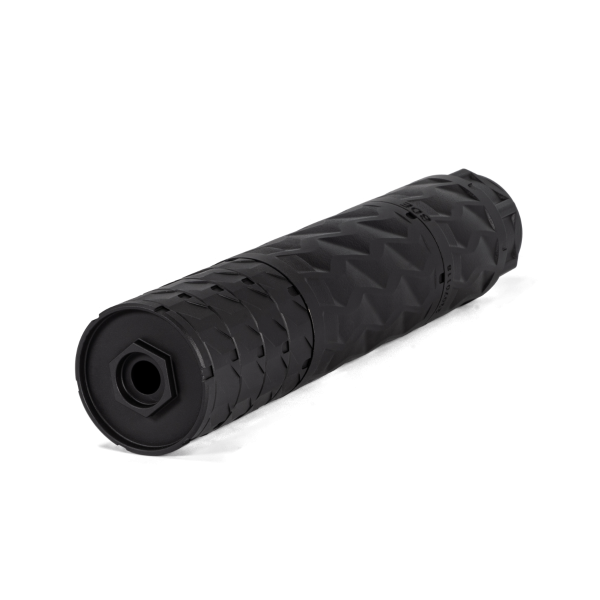Primary Weapons Systems (PWS) is a Boise, Idaho-based manufacturer of suppressors, firearms, and related components. A subsidiary of Vigilant Gear and a sister company to aftermarket Glock slide manufacturer Lone Wolf Distributors (acquired in 2019), the company has acquired an SLM 500 quad-laser metal 3D printer from Nikon SLM Solutions. PWS will use the system to expand its suppressor production. More specifically, it will be used for their BDE line, and join two systems that PWS has used since at least 2022.
Vigilant was founded by former Navy SEAL Clay Tippins, also a former Republican Candidate for Governor of Georgia. When the company acquired PWS in 2022, it was already the largest arms manufacturer in Idaho and made 90% of the components for its suppressors in-house. Now run by arms industry veteran Nate Threadaway, the company wishes to expand.
PWS Director of Engineering John Meehan said,
“We have been at capacity with our current machine for over a year. The SLM-500 is a welcome addition to our in-house capabilities, and I have no doubt it will perform flawlessly and increase our production bandwidth. In the end, the SLM®500 provided the best of both worlds. The quad lasers allow high production outputs for PWS’s BDE suppressor line while delivering a competitively priced finished product.”
Interestingly, while the suppressor market is mainly working with Ti64 and Inconel, the company wants to print in Haynes 282. Haynes’ better creep strength and thermal resistance may lengthen the use of suppressors over Inconel. In turbomachinery, and a lot of hot gas type of applications, Haynes 282 is already well established. So perhaps this is just a more logical choice than everyone else is making, since PWS just took what was running at services (Ti64 and Inconel) and Haynes just makes more sense?
We first looked at suppressors in 2014 when Scott Dunham wrote a research report on them. We updated that report in 2024 with the latest information. Designs have advanced considerably, as has the additive manufacturing knowledge of firearms companies. Many are outsourcing production at scale to contract manufacturing firms. Others are taking the technology in-house and diving deep into additive.
PWS’s suppressors sell for around $1,000. The weight of those from its BDE line, in titanium for now, is between 12.7 and 17.4 ounces with a length of 6.5 to 8.2 inches. In this case, the entire suppressor is not made using additive; see the image above. This is a powerful application in terms of cost and profitability. Here, 3D printing is used only where it maximizes performance. For those parts that enable better cycling of the gun and the sound suppression, additive is used, whereas the rest is just CNC. This is not only a fast-growing application, but also a very profitable one for the arms manufacturer. Think of the many parts needed for a gun, and the many operations needed to make them. This process is a far simpler way to revenue.
Since suppressors protect our hearing, the US government logically reasoned that they would make shooting safer. Especially for professionals who train a lot, this should be the case. Having civilians en masse use suppressors may lead to better hearing aid protection, but they will, at some point, trouble law enforcement. For now, the US gun market is deploying one of the fastest-growing 3D printing applications worldwide. If the US civilian market continues to grow, then this will become an ever bigger part of our industry.
At the same time, with more accessible sensor and drone technology, it is inevitable that every combat soldier will at one point need a 3D printed suppressor to keep from being detected so quickly. This is perhaps not the daisies and prosthetic leg printing market that many of us hoped for. Additive as a technology allows for the production of specific geometries, with engineered performance and textures at any given moment, out of fewer total parts, manufacturing operations, and less material, in faster iterations and turnaround times. That is the potential of the technology, and this application will see it as being cemented at the center of a lot of things that fly quickly from hope to hypersonics and bullets in between.




